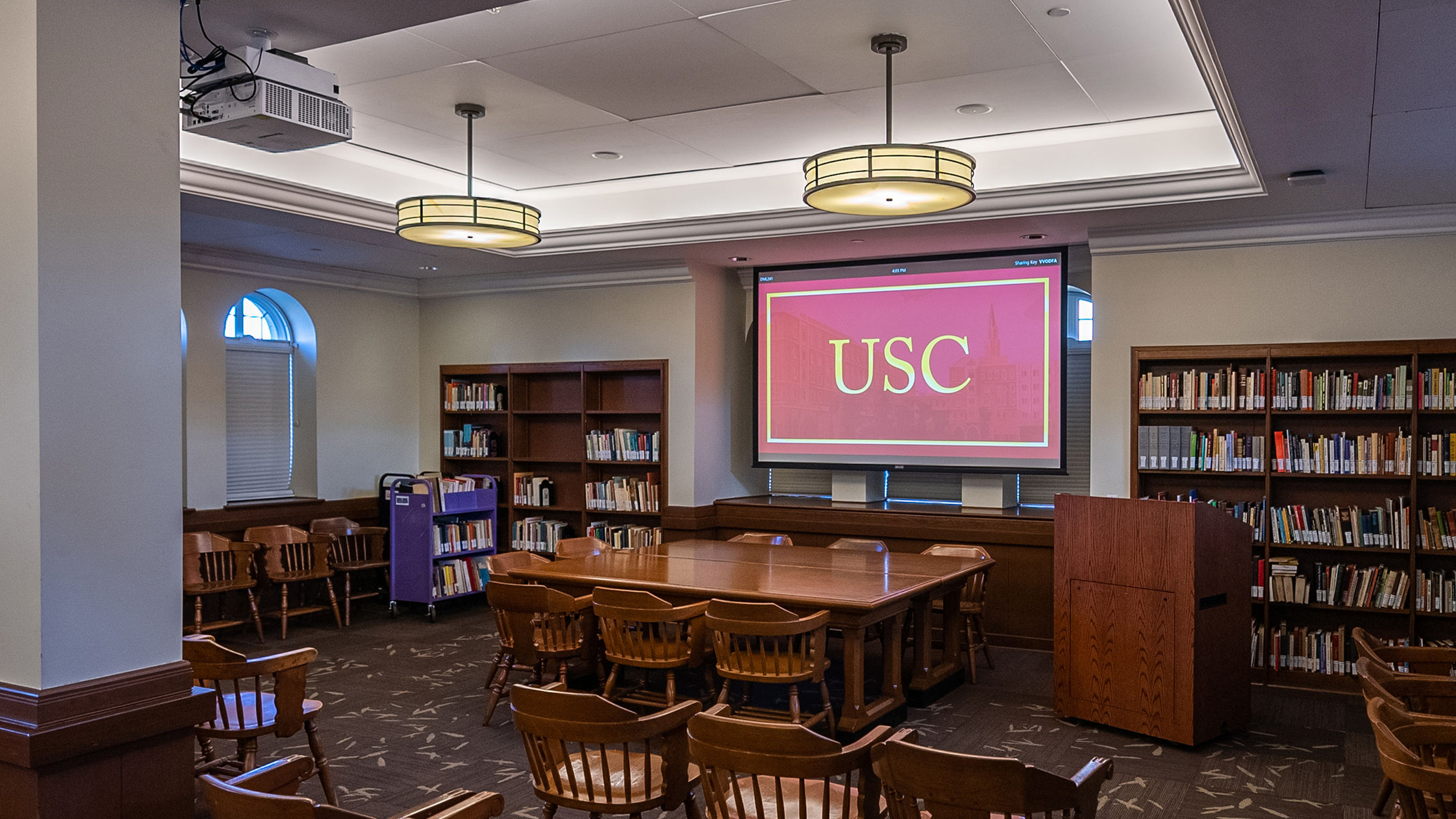In the summer of 2019, Joe Way began his tenure as director of learning environments at the University of Southern California (USC) in Los Angeles. His mission: to contribute to the school’s digital transformation effort by upgrading the AV systems in hundreds of spaces across campus. In other words, before the pandemic—thus, before the term “hybrid learning” became ubiquitous—his job was to ensure that instructors and students would have the ability to teach and participate in classes either on site or remotely.
[High Expectations for Hybrid Education]
It was a big project, involving more than 300 general use classrooms, 100 dual-purpose conference/group study spaces, several lecture halls, and a large auditorium. Going in, Way knew he would be incorporating UC technologies into his design, as well as support for videoconferencing via Zoom and cloud-based monitoring and management. He began designing a system, reaching out to manufacturers to research potential solutions.
Advantageous Timing
Eventually, he partnered with Spinitar, an AV design and integration firm headquartered in La Mirada, CA, which provided additional design services, as well as programming and integration. By the beginning of 2020, all of the equipment was sitting in storage on campus—extremely good timing, in light of the looming COVID-19 crisis.
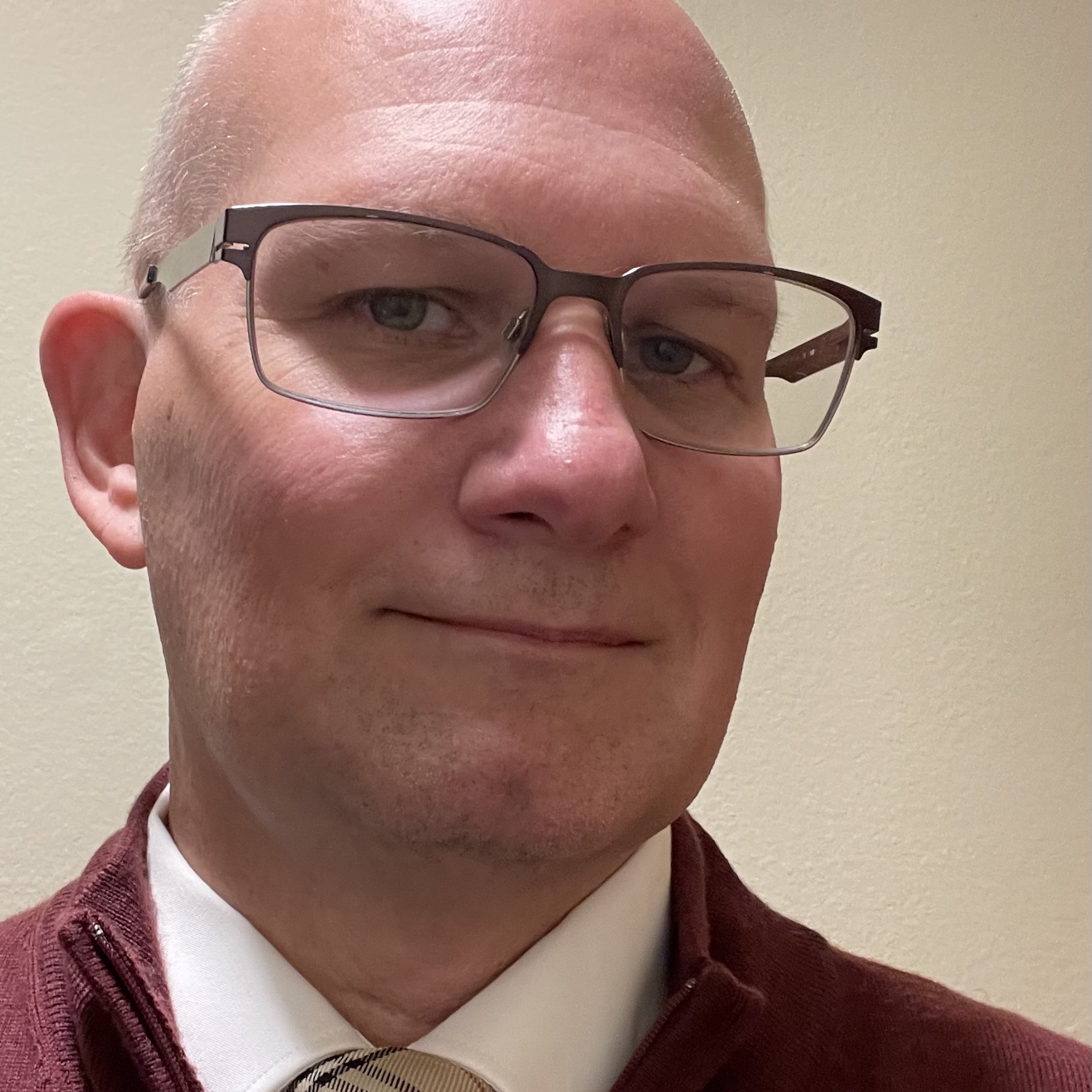
“When COVID hit and everybody got kicked off campus, I remember our provost coming to me and saying, ‘How are we going to solve this?’” Way recalled. “I was like, ‘We already did. All the equipment is sitting here [and] we have an empty campus––let’s get this stuff installed.’ I consider myself the luckiest man on Earth because I actually designed something that solved the pandemic problem.”
The final result incorporates a minimal amount of hardware, with software-based systems doing a lot of the heavy lifting. Each room is outfitted with a Crestron UC-Engine and Crestron Flex videoconferencing hardware, with signal distribution handled via the Crestron Digital Media NVX platform. Monitoring and management is provided by Crestron XiO Cloud.
“Our entire classroom setup is two rack units and that’s it—everything else is software-based,” Way explained. “[The system] is very simple, yet very complicated at the same time: All of our touch panels use HTML5, so they’re not standard Crestron control. And all of our programming is done in C Sharp [C#].”
USC also updated its audio systems, with the integration of Shure’s Intellimix Room audio processing software, as well as Shure ceiling array microphones. With a few exceptions, Way says there was no need to upgrade video display and projection technology, loudspeakers, or amplifiers.
Our entire classroom setup is two rack units and that’s it––everything else is software-based.
Joe Way, USC
Rob Ogulnick, senior systems account manager at Spinitar, noted that USC’s hybrid learning technology model has been adopted by a number of other higher education institutions. “They know that there are going to be students that will be working and calling in from home that want to be active participants,” he said. “They need to have the right tools at home––meaning computer, camera, and microphone—and the classrooms need to be equipped with good cameras, a good recording system, and good microphones and audio systems. We’ve vetted that out over the last three years, and we have some really good solutions. And working with USC really helped us define what will work and what won’t.”
Training Challenges
Way said that one significant challenge associated with this deployment was user training. At first, both instructors and students were confined to their homes and 100 percent remote; when people started returning to campus, they needed to become familiar with the hybrid learning model.
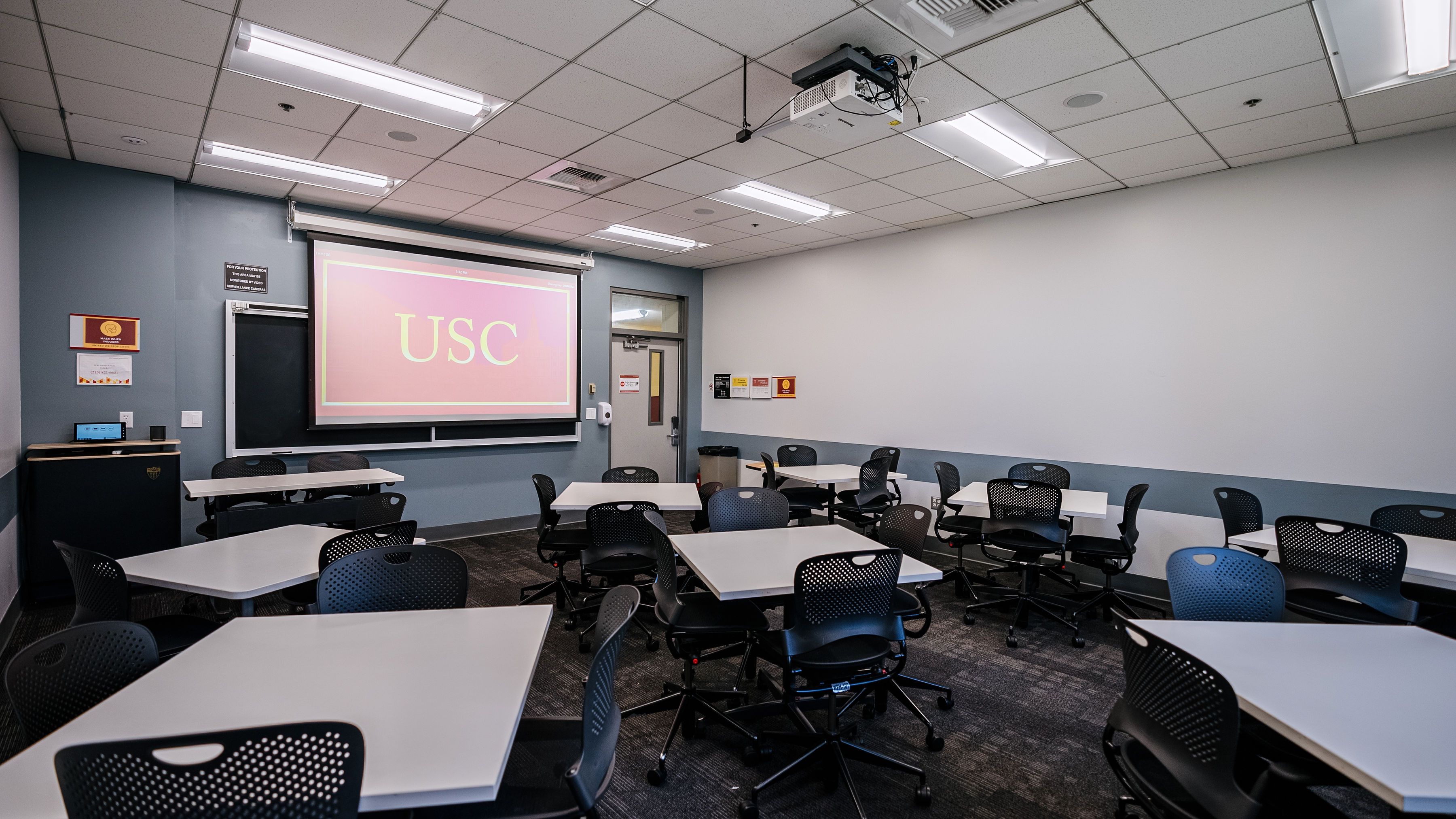
“You had faculty come back who hadn’t taught on a campus for a year-and-a-half, and it was all brand-new technology and a new way of teaching,” he recalled. “They didn’t know what hybrid learning was.”
[Best Practices: Today’s Hybrid Corporate Classroom]
With 15,000 faculty members on campus, Way and his team needed to roll out a large-scale training effort. In the end, training was multi-faceted.
“You can’t just say, ‘We’re going to host three training classes,’ and expect people to show up,” Way explained. “Some people won’t.” Instead, his team took a white-glove approach to getting faculty on board, with a combination of hands-on training, cheat sheets, webinars, and an online portal where people can access resource materials.
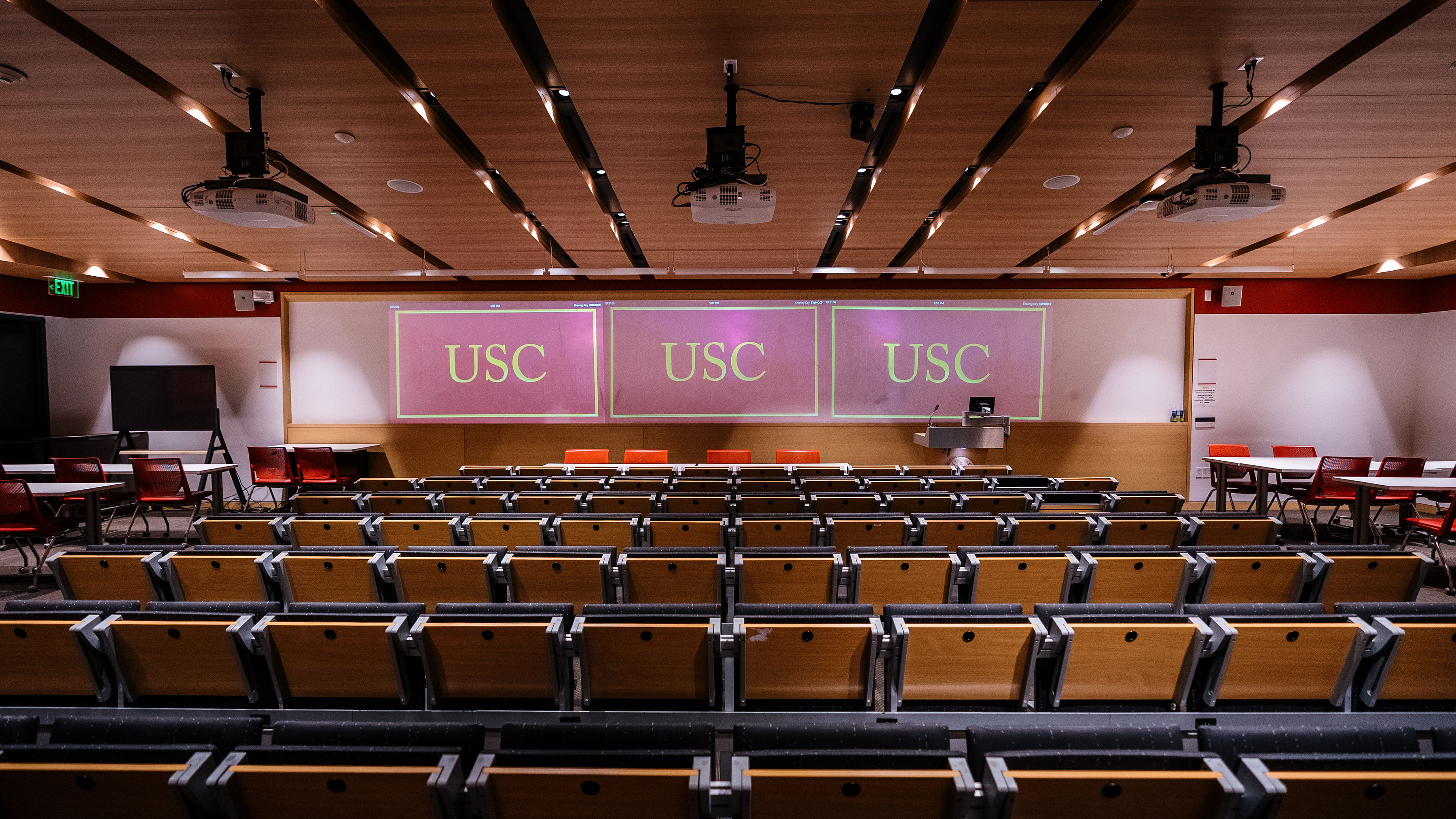
The majority of faculty and students have returned to the USC campus, with the exception of international students who weren’t allowed into the country due to ongoing travel restrictions. As of this year, USC mandated that all classes must be streamed and recorded, and Way predicted this practice will continue even as the pandemic draws to an end.
“It’s an expectation––things have changed because society has changed,” Way said. “It’s now something that I have to be able to allow in every single space and every single instance, even if it becomes a smaller percentage of users.”
UNLV Flexes with Faculty, Students
In early 2021, the University of Nevada, Las Vegas (UNLV) began rolling out its RebelFlex classrooms. The project—which involved more than 60 classrooms that seat between 25 to 179 students—addressed the institution’s need to provide hybrid spaces that could support onsite and remote learning simultaneously.
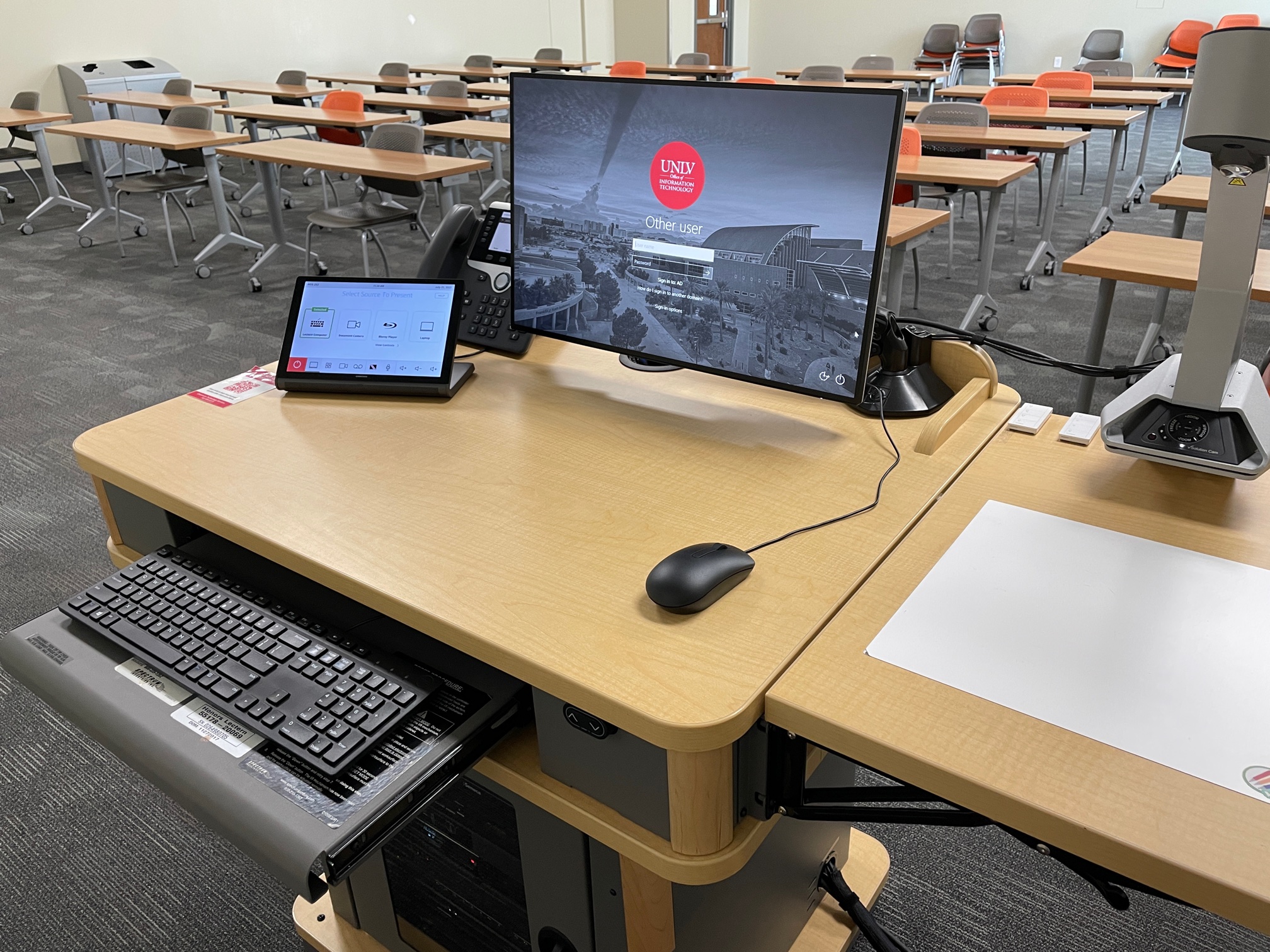
Leveraging existing video projection and display systems, Crestron 8x8 units supply switching, with a combination of seven and 10-inch Crestron touch panels providing control. The spaces now feature Vaddio Roboshot PTZ tracking cameras, Sennheiser TeamConnect Ceiling 2 (TCC2) microphones with remote monitoring and management achieved through Sennheiser Control Cockpit software via Dante, and Panopto recording devices for lecture capture. The university worked with CCS of Nevada, a local AV integrator, on the deployment.
While the majority of UNLV’s faculty and students have returned to campus, the hybrid model will continue to offer the flexibility that both students and faculty are asking for, according to Frank Alaimo, CTS-I, DMC-E-4K, senior AV systems specialist and acting manager of classroom technology services at UNLV. He explained the campus itself hosts approximately 28,000 students, only a small fraction of which reside on campus. And then there’s the culture of Las Vegas itself.
“Vegas is a very transient town; people move in and out of here for all types of reasons,” Alaimo said. “Because of the Strip and the 24/7 town that we are, folks work different schedules. We a very nontraditional campus … moving to this hybrid model was something that was coming, and the pandemic pushed us to get there.”
